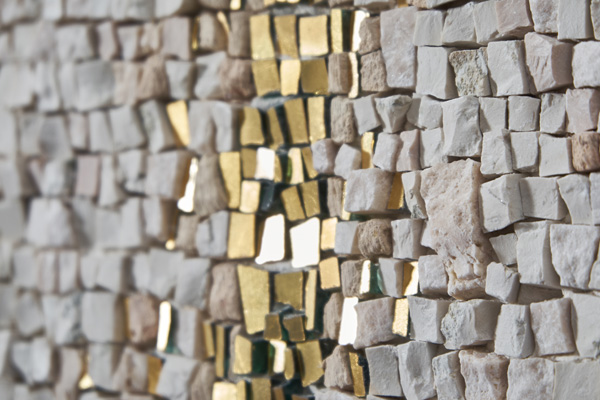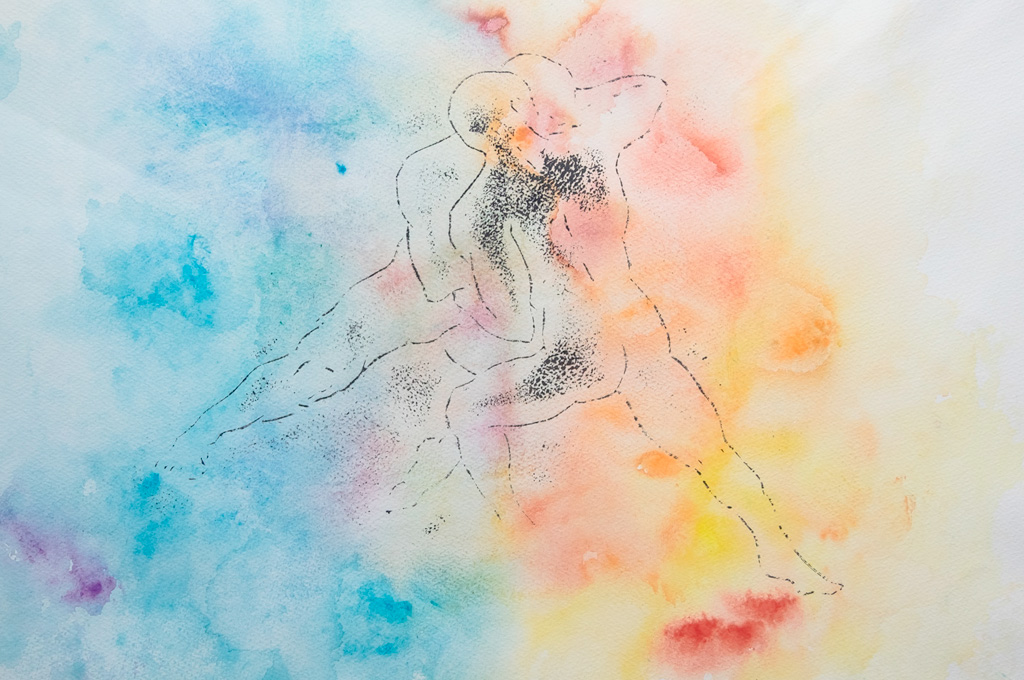Tiles, andamento and spacing.
When I tell people that I create mosaics, it often happens that they compare them with puzzle. Actually, we all know the puzzle and it is quite spontaneous to define the mosaic art (that is less known) as a joint of colourful tiles.
It’s not exactly the same thing! And it is also for these reason, that I would like to explain, in the most simple way, what a mosaic is.
Certainly it is an artistic technique that provides the joint of tiles of different materials, but the most important things are: the way they are cut and positioned. Here you can see the manual ability!
In the mosaic art, ready-made tiles dont’exist! Every single tile is hand-cut. But it exists a sort of matrix of reference, generally a square, a rectangle or a triangle. This kind of matrix permits to maintain a regularity in all the mosaic. Even in the contemporary mosaic, that apparently seems to be the freest and the most irregular, there are some direction matrices that can be so demolished to become unrecognizable.
So the tile is one of three elements that marks this technique.
Then, the mosaicist has to decide the andamento, in other words, how the tiles are positioned. That element identifies the “hand” of the artist and marks the style of a mosaic; that is the difference between Roman, Byzantine or contemporary mosaic.

Proceeding with the laying of the tiles, the third element to consider is the spacing. That is, the distance between one tile and another, which I like to think as “breath”. It can be wide to create games of lights or, completely closed to intensify the colourful of the tiles.
Maybe, now, it would be easier to understand that there is no improvisation behind this ancient art, but a precise planning.




